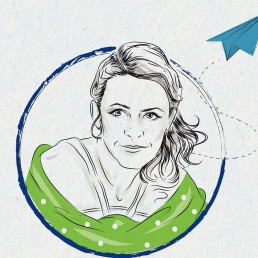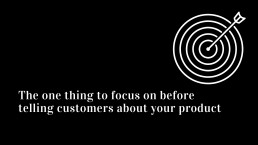The one thing to focus on before telling customers about your product.
Answer this simple question. So what?
Why should I care about your amazing product? You say it’s great. It has some amazing features. But I don’t understand them all. They do sound pretentious. I feel kind of stupid right now. I’ll Google them to find out more. Oh, wait. I found other similar products. One of them has an extra feature at the same price. And another has an innovative approach, making your product’s main features obsolete. I’m gobsmacked. (Not trying to show off. I heard the word the other day and it stuck. I had to use it. 😊)
All these options out there. What if I make the wrong choice?
It’ll be helpful to know how your product helps solve my problem. How it’ll improve my life? How will I feel once I start using your product? What does the extra feature do for me? Would it matter if it’s not there? Is your product for me?
I know you love your product. You want to share with everyone all its main characteristics. After all, they add credibility to it. You’re convinced customers will love it too. But they don’t. Because consumers care about solving their problems. They want to know how your product is going to improve their life. It’s about them and their story.
The customer doesn’t want a circular saw, a drill, and a square.
He wants a treehouse. But in fact, he wants the feeling of accomplishment. He built it himself. He wants his kids’ hugs. He wants to feel loved. He wants to surprise his kids. He wants appreciation. He wants his neighbors’ praises when they come for a barbeque.
So, it’s not about the product. And its features.
The customer is interested in the emotions evoked and solving his problem.
Imagine you want to buy a new gas cooker. You don’t really cook, but you bought your first house. You’re an adult now. And every responsible homeowner knows that the kitchen is the heart of the home. So, you go on your quest to find the right cooker.
You’ll end up reading about:
- gas hob,
- induction hob,
- heat activated catalytic cleaning,
- electric oven,
- conventional cooking,
- base heat finishing,
- cast iron pan supports,
- gas safety thermocouples,
- auto-stop anti-tip chrome shelves,
- residual heat indicators.
Although you might understand some of the specs, it’s still confusing. You feel uncomfortable and a bit insecure.
Focusing on the benefits and avoided problems instead sounds like this:
- In a hurry? You can quickly cook a nutritious dish.
- Stop guessing the temperature. You’ll have full control over it.
- No scrubbing needed with an oven that cleans itself.
- Everything will cook evenly. You can forget to rotate the tray.
- Impress your friends with perfectly roasted meats and veggies.
- Start your day with delicious baked goods.
- Blends in with your modern kitchen décor.
- Helps prevent some of the most common kitchen accidents.
It’s more persuasive, isn’t it? Because it gives an idea of how it’ll help improve your life.
For optimal results mix in both features and benefits. Lead with the main benefits and list the features. Sometimes different features will support the same main benefit. It’s ok.
How can you easily translate a feature into a benefit?
By answering the question: So what? Do this for each feature. And once you have the answer, ask again. Keep doing it to go deeper. Until you uncover the emotional result. You’ll have your sales treasure map. Features support a first set of benefits that will translate into the value provided.
The So what? exercise works regardless of the industry, product, or service.
Let’s say you’re a fitness trainer. The answer to the So what? question might be:
- Lose weight with an exercise plan you’ll stick to.
- Forget boring workouts. Stay fit while having fun.
Getting to the right answer for you depends on your customers’ worldview. Tap into it. Understand their narrative. That’s how you’ll know what they value the most and what are the most frustrating problems they’re trying to solve.
Remember they don’t love what you love and don’t know what you know. They don’t care about your product or service. Or how amazing you say it is.
The customers want to know how your product or service is going to make them feel. What’s in it for them? Tell them.

Violeta Ratiu
Marketer with 15+ years of hands-on experience. I’ve walked in the consultant’s shoes in the past. But for more than a decade, I was the client. The eager marketing specialist, the determined marketing manager, the enthusiast online manager, the business developer, and the managing director of a travel start-up.
I love Italian food, French desserts, and Greek moussaka. Ditto for coffee, dogs, Irish whiskey, sparkling wine, and autumn. I can lose track of time watching crime series, stories with mighty vikings, Christopher Nolan & Guy Ritchie movies, whatever Denzel is in, reading a book or in a toy store.
I don't like sushi, cinnamon, popcorn, The Beatles, and Jim Carrey. At all. I'm a sucker for Marvel & DC's comic book characters. Human nature fascinates me.


